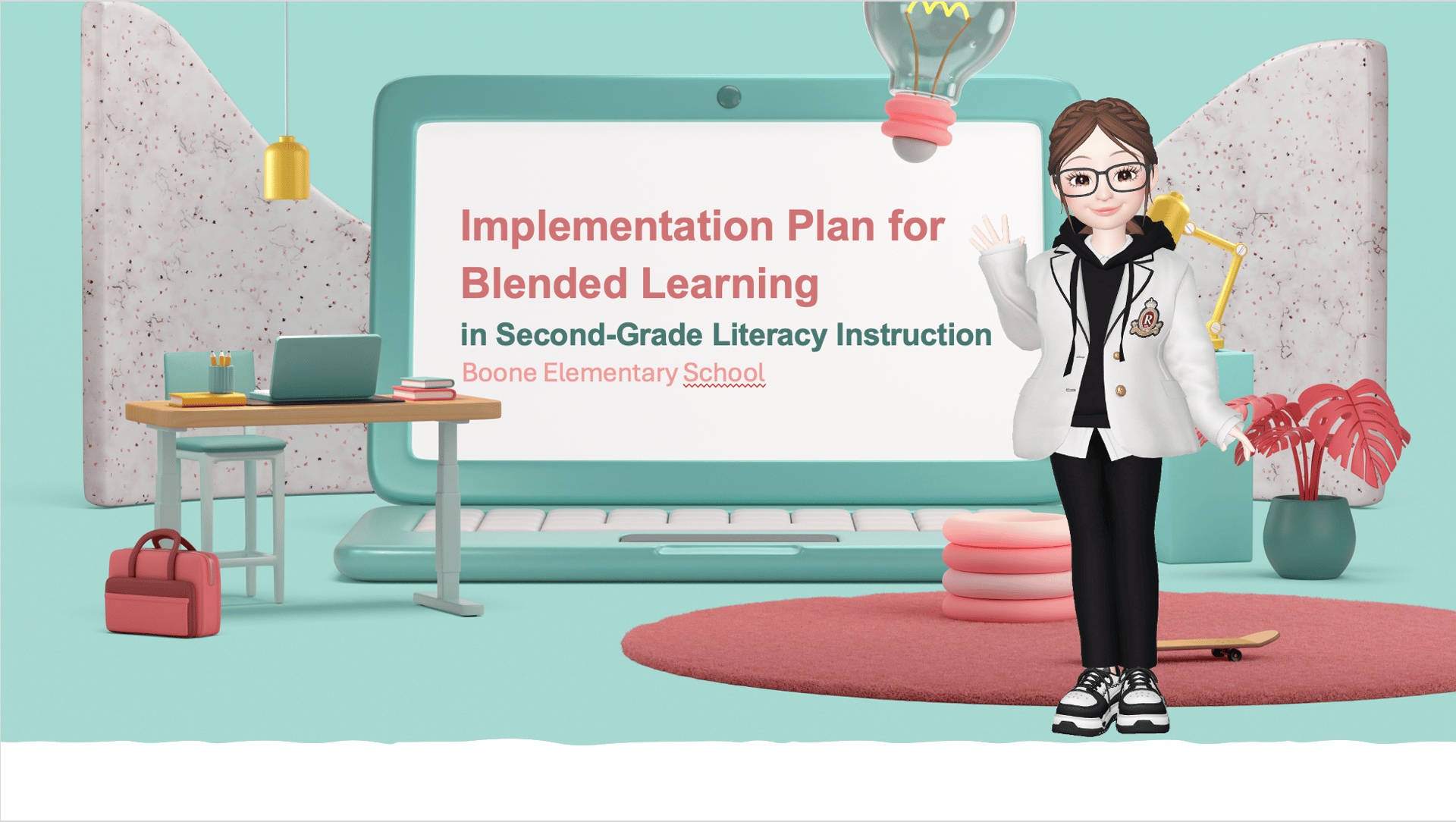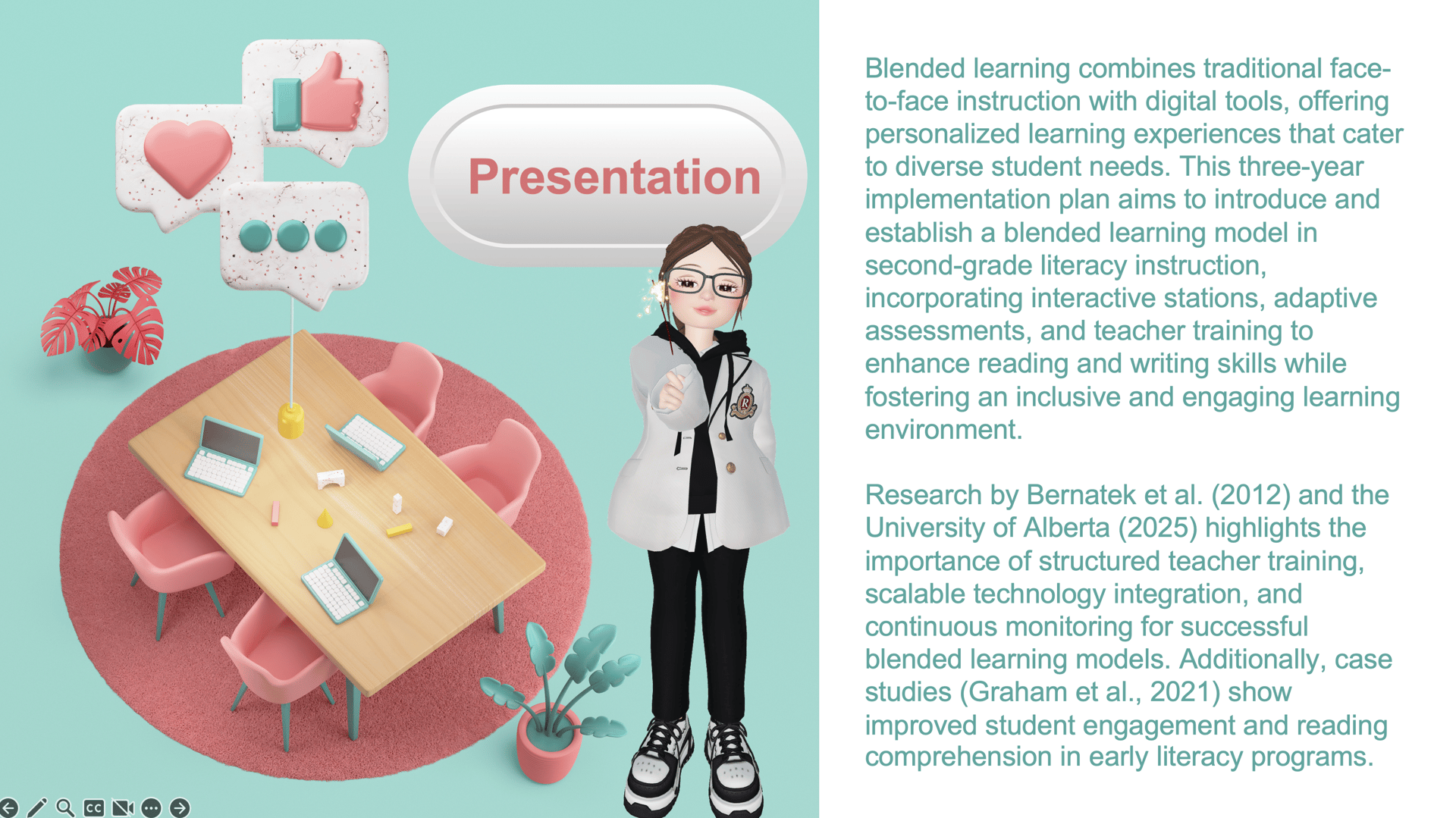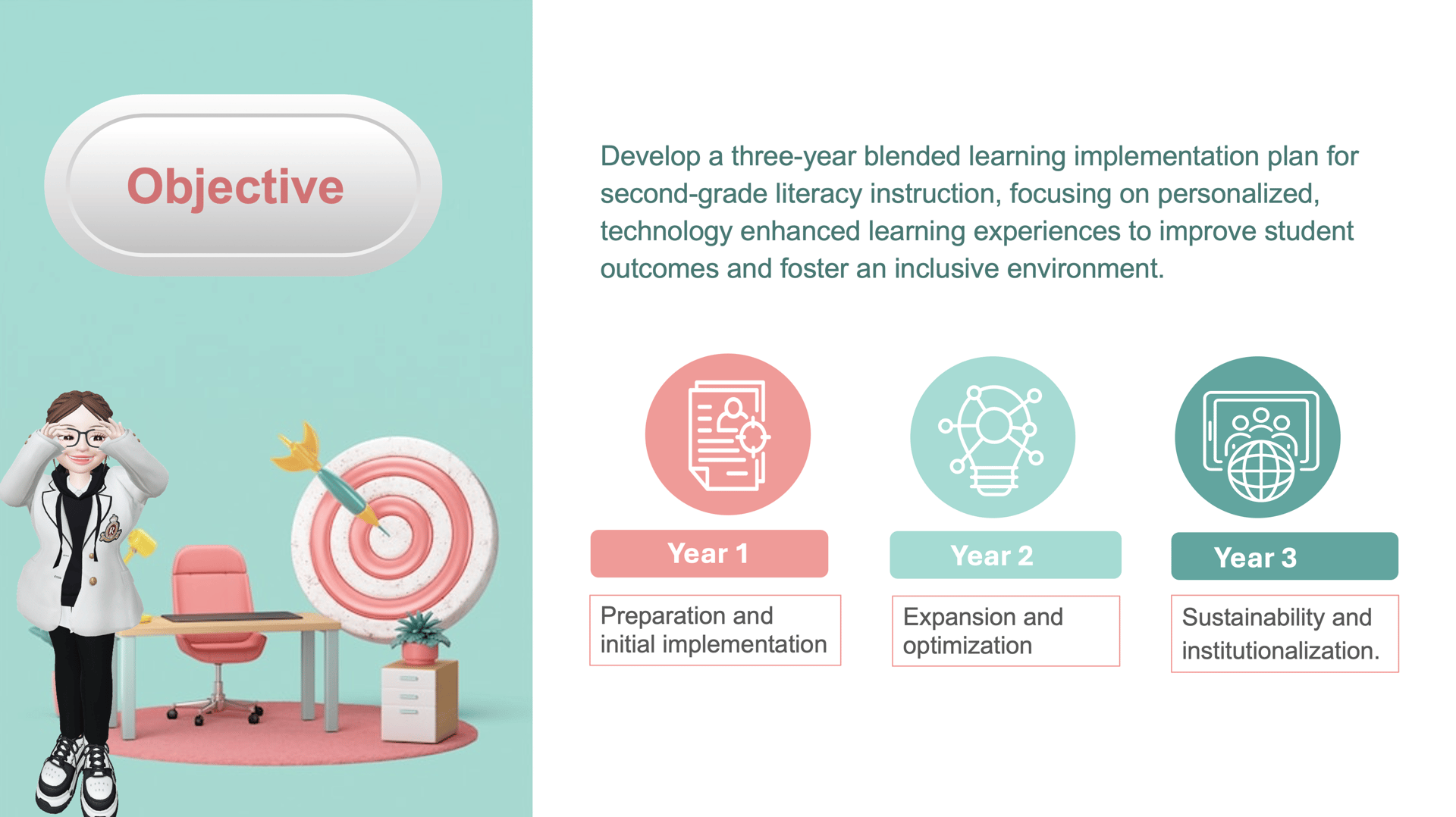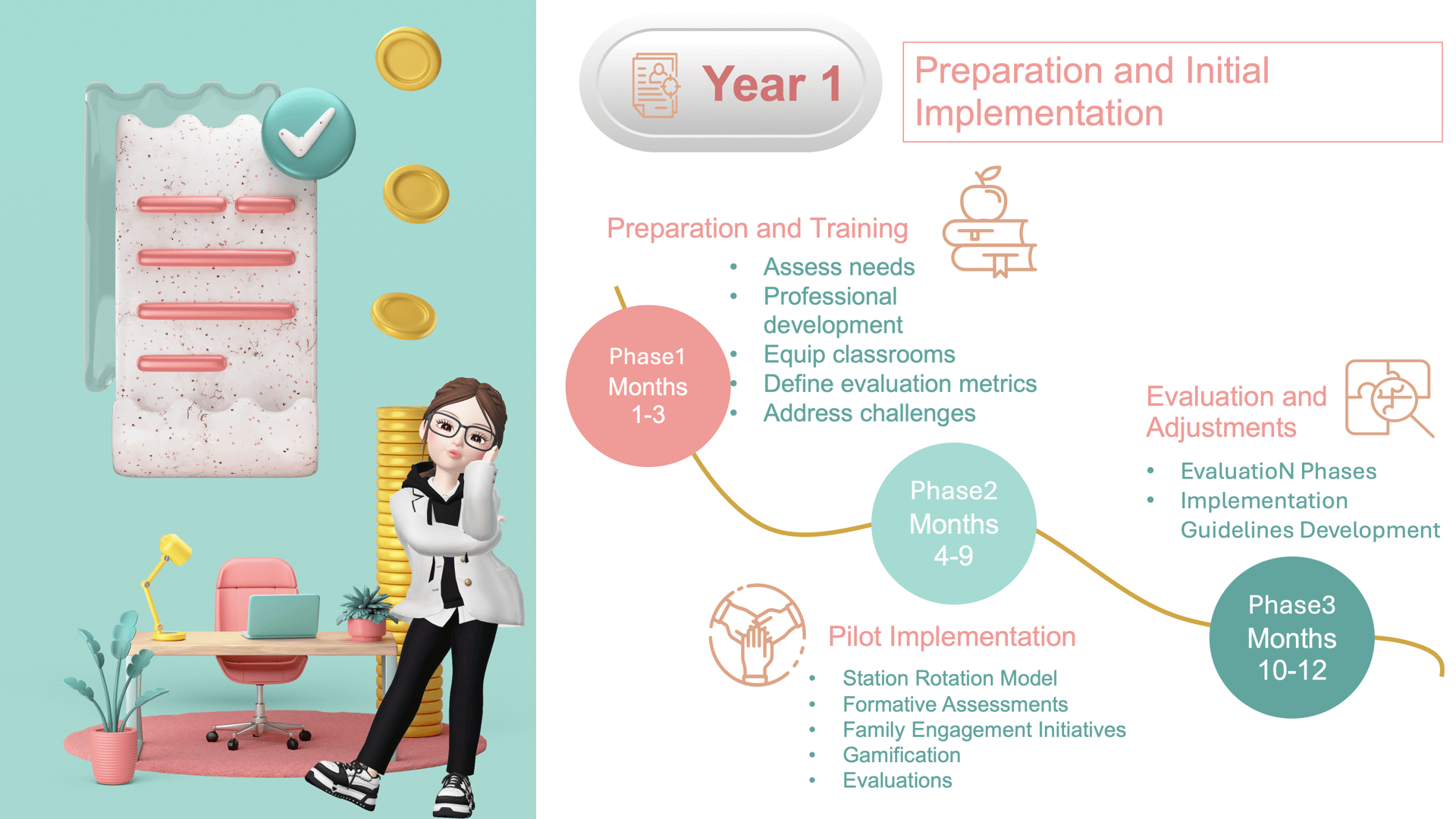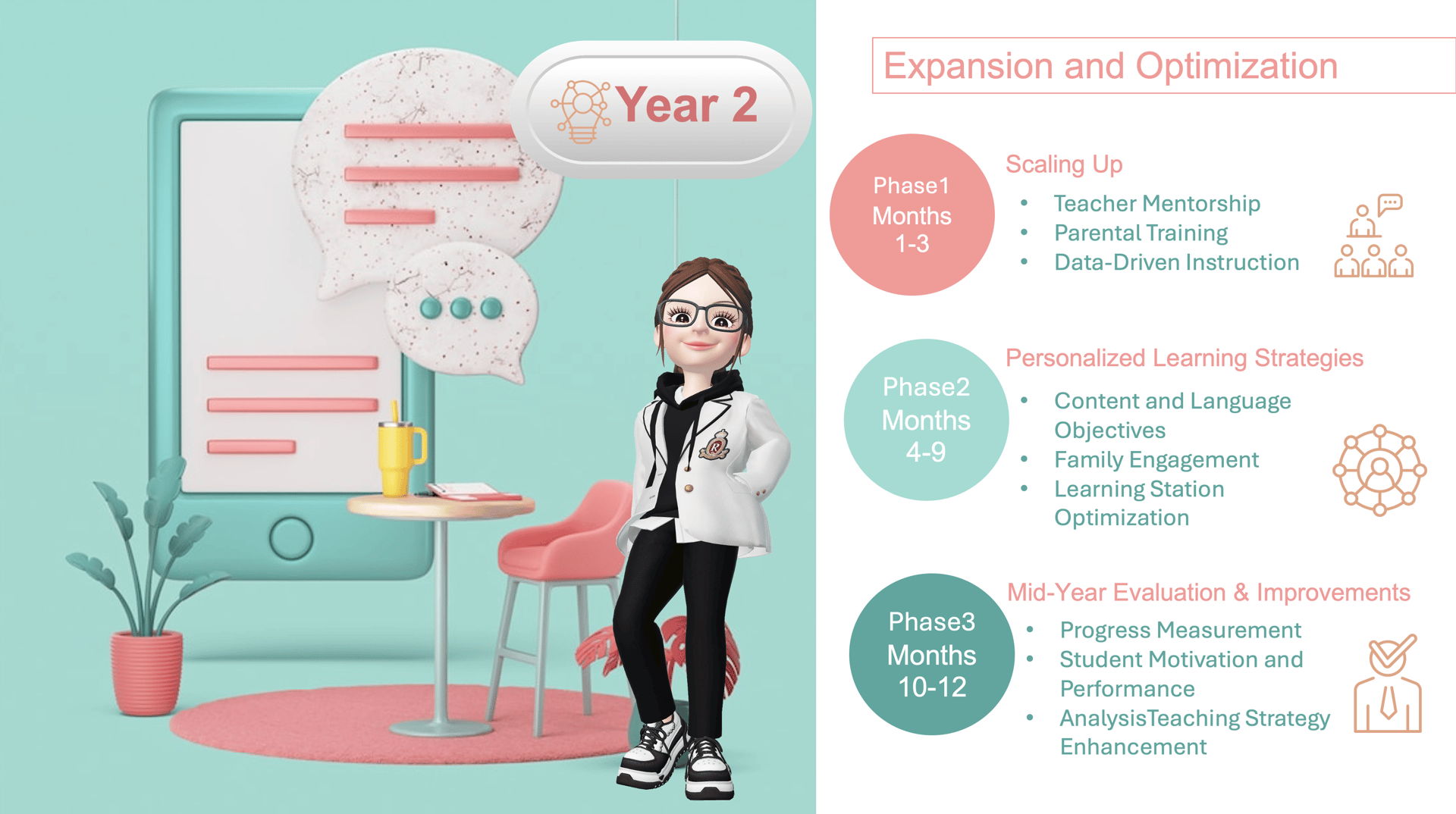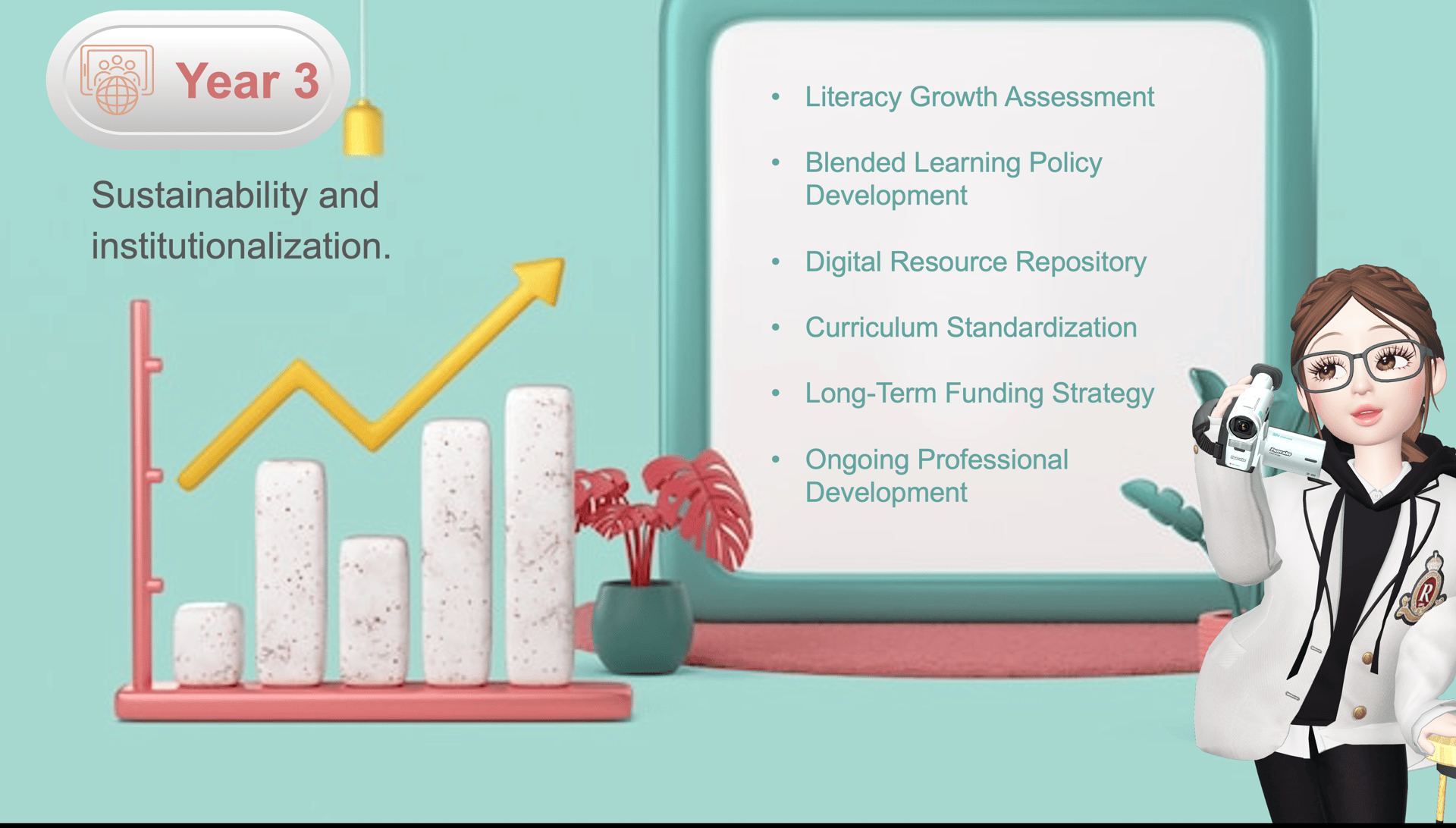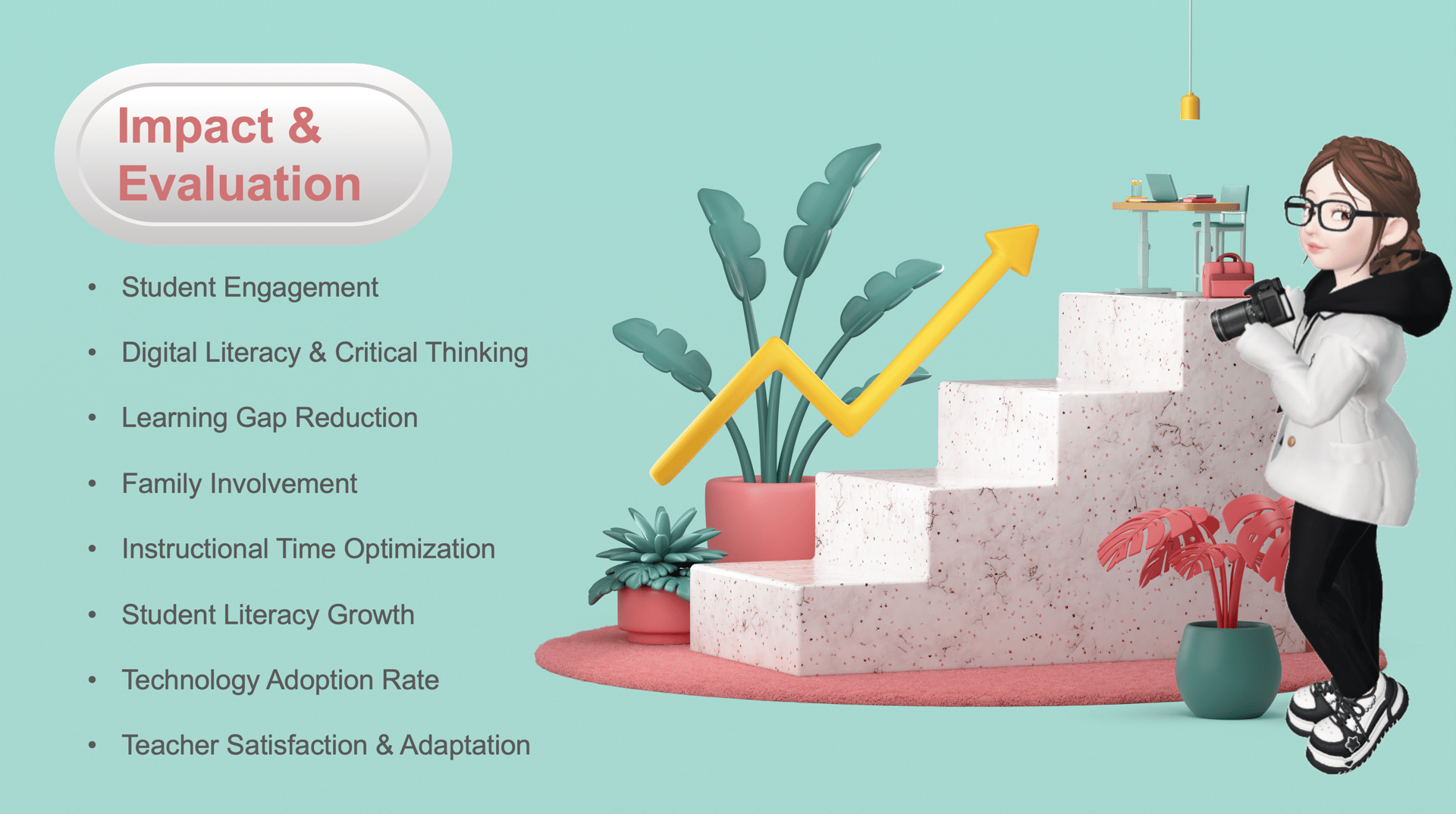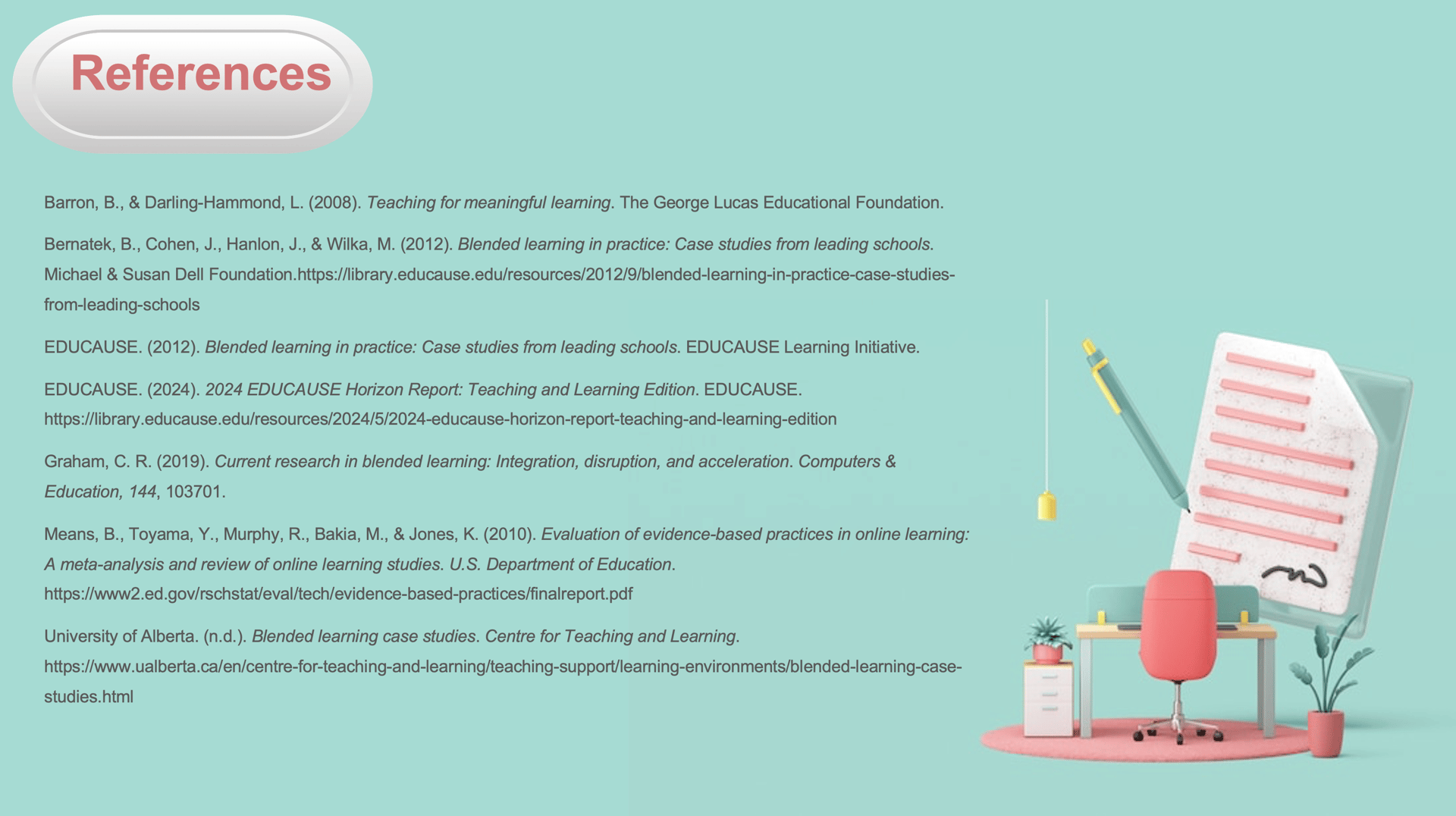Implementation Outline for Blended Learning in Second-Grade Literacy Instruction
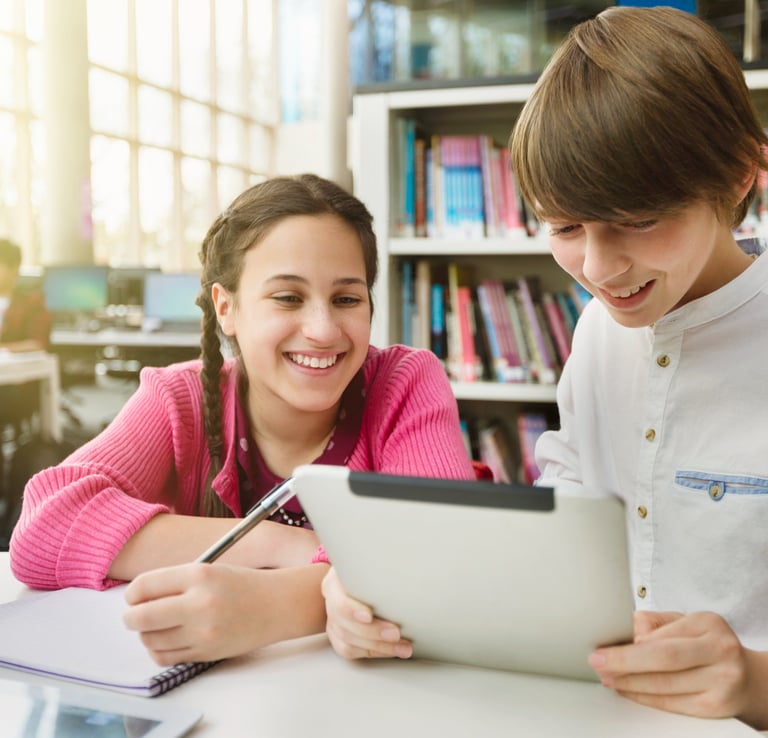

Integrating technology into reading and writing instruction has proven to be a highly valuable strategy for improving student learning and engagement. Blended learning combines traditional face-to-face instruction with digital tools, offering personalized experiences that cater to the diverse needs of each student. This implementation plan proposes a three-year framework to introduce and solidify a blended learning model in second-grade literacy instruction. Using interactive stations, adaptive assessments, and professional development programs for teachers, this plan aims to strengthen reading and writing skills while fostering a supportive and inclusive learning environment with the aid of technology.
Implementing blended learning comes with challenges such as teacher adaptation, technological infrastructure, and the application of data-driven strategies. Research by Bernatek et al. (2012) and the University of Alberta (2025) highlights that the success of these models depends on structured teacher training, scalable technology integration, and continuous progress monitoring. Furthermore, case studies in schools that have adopted blended learning for early literacy (Graham et al., 2021) demonstrate significant improvements in student engagement and reading comprehension. By proactively addressing these challenges, we can facilitate a smooth transition and enhance the outcomes of the proposed innovation plan.
Addressing Challenges in Blended Learning Implementation
